The use of LEDs for growing plants indoors has become increasingly popular due to their energy efficiency and ability to provide optimal lighting
LEDs for growing allow you to replicate the light spectrum necessary for photosynthesis, promoting healthy plant growth indoors. They are particularly useful in the absence of sufficient natural light and allow you to grow a variety of plants, including vegetables and herbs, all year round. Their long life and low energy consumption make the led grow lights an economical and sustainable option for home gardening enthusiasts.
How to choose LED grow lights based on space
The choice of LED lights for indoor growing depends on various factors, such as the size of the growing space and the type of plants. In small spaces, a few LED panels are sufficient, while larger areas may require more complex lighting systems. It is important to consider the light intensity and color spectrum of the LEDs: some plants require more blue light for vegetative growth, while others require more red light for flowering and fruiting. Make sure you choose LED lights that are easily adjustable in height to accommodate plant growth.
Features needed for LED lighting for your home garden
For a home vegetable garden, it is essential to choose LED lights with the right characteristics. Look for LEDs that offer a broad spectrum of light, similar to that of the sun, to support all stages of plant growth. A good LED lighting system should also allow you to control the intensity and duration of the light exposure. Also, consider the energy efficiency and heat dissipation of LEDs, as excessive heat generation can harm plants or require an additional ventilation system.
What tools are needed for home cultivation with LED lights
To grow indoors with LED lights, you will need a few essential tools in addition to the lights themselves. These include pots or containers for the plants, good potting soil, fertilizers suited to the type of plant being grown and an irrigation system, which can range from simple watering cans to more advanced automatic irrigation systems. It’s also helpful to have a timer to control the lighting hours, especially if you’re growing plants that require specific light cycles.
How much electricity consumption does a home garden of approximately 1 m² require
Energy consumption for a 1 m² home garden with LED lights varies depending on the type of light and intensity required. As a guideline, consumption can vary between 50 and 1000 watts per square meter, with an energy cost estimated between 50 and 120 euros. This variation depends on the type of plants grown and the need for light for their optimal development. Modern LEDs are generally more efficient and use less energy than other forms of grow lighting.
Grow LEDs for cultivation: how to choose the most suitable ones
Choosing the right LED lighting system for indoor cultivation depends on several factors. Evaluate the power and energy efficiency of the LEDs, as this will influence both growth and flowering, but above all the quality of the light spectrum which must provide a light frequency or spectrum suitable for the plants. Finally, rely on an expert and reliable seller. trust that I can advise you is fundamental.






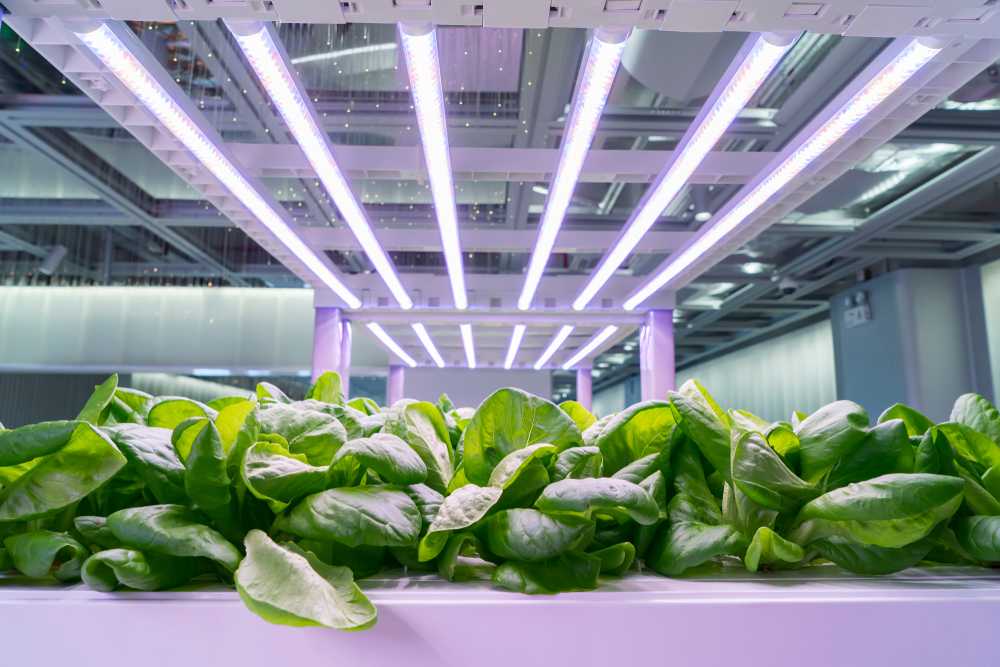





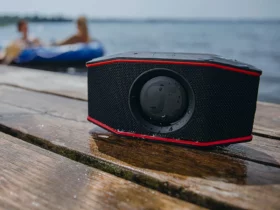
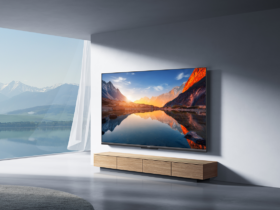
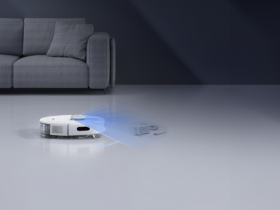
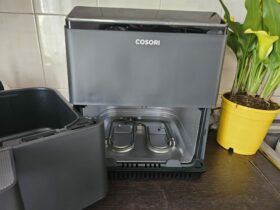
Leave a Reply
View Comments